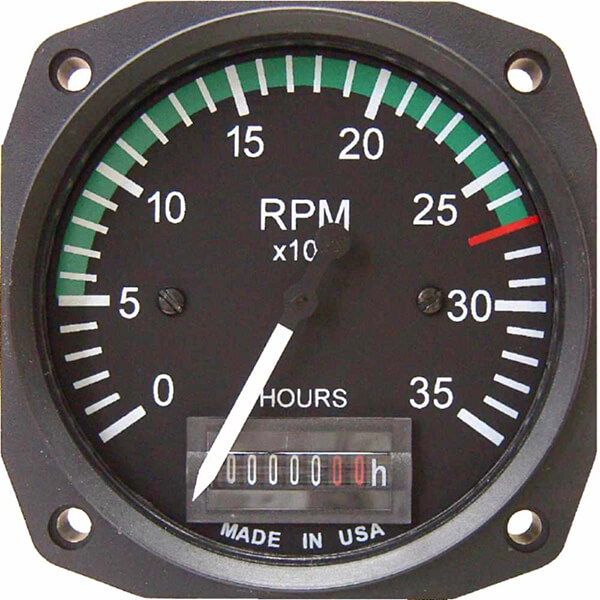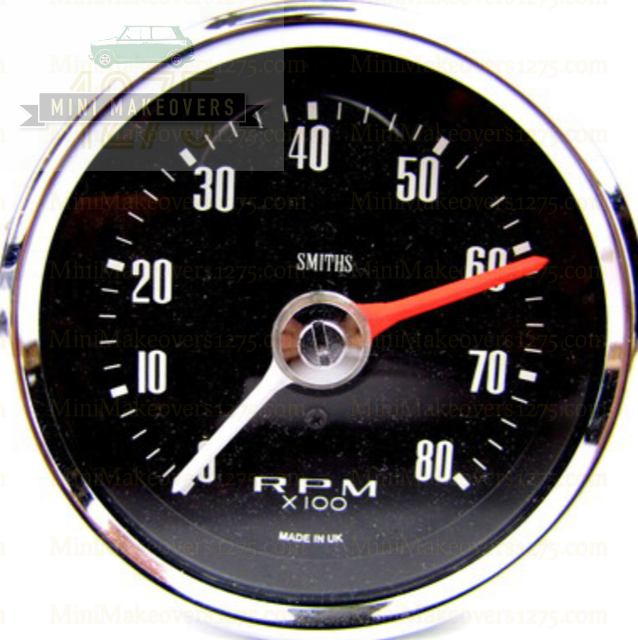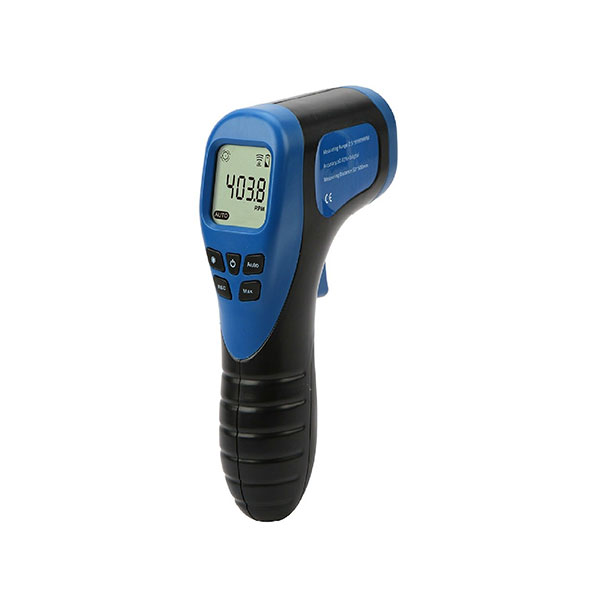The Benefits of Setting Up a Tachometer in Your Car
The Benefits of Setting Up a Tachometer in Your Car
Blog Article
The Value of a Tachometer in Keeping An Eye On Engine Speed and Performance in Automotive Applications
In the realm of vehicle design, the tachometer stands as a crucial tool in the driver's arsenal, offering a direct home window right into the internal functions of an automobile's engine. Past its feature as a plain scale of changes per min (RPM), the tachometer offers as a critical device for fanatics and specialists alike, offering real-time understandings into engine efficiency and health and wellness.
Value of Keeping An Eye On Engine RPM
Keeping an eye on engine RPM, or transformations per min, is an important element of automotive upkeep and performance analysis. Engine RPM straight associates with the rate at which the engine's crankshaft rotates, suggesting how promptly the engine is running.
Moreover, monitoring engine RPM is vital for efficiency evaluation in racing and high-performance automobiles. In recap, checking engine RPM is not only essential for finding issues but also for optimizing engine efficiency in numerous automotive applications.

Advantages of Real-Time Information
In automotive applications, real-time data plays an important function in supplying instantaneous understandings right into the efficiency and problem of the car. By constantly keeping an eye on different specifications such as engine speed, temperature, fuel usage, and extra, real-time information uses many advantages that add to improved effectiveness and safety on the road.
Furthermore, real-time data assists in performance optimization by giving instant feedback on driving behaviors and engine performance. Chauffeurs can adjust their habits in real-time based on this information to accomplish better gas economic climate and prolong the life expectancy of their vehicle.

Furthermore, real-time information plays an important function in modern-day automobile diagnostics, making it possible for specialists to promptly diagnose and attend to breakdowns. This causes decreased downtime, reduced upkeep costs, and eventually, improved overall car dependability and durability (tachometer). By using the power of real-time data, vehicle stakeholders can make enlightened choices that positively affect both the efficiency and long life of the automobile
Effect On Equipment Shifts
The tachometer plays an important function in enhancing gear shifts by providing real-time Get More Information engine speed information to the vehicle driver. When coming close to the redline on the tachometer, it signifies the motorist to upshift to stop over-revving the engine and triggering prospective damage.
Moreover, the tachometer aids in achieving smoother gear changes, specifically in hands-on transmissions. By keeping an eye on engine speed, chauffeurs can execute equipment changes at the ideal RPM range, reducing snagging movements and minimizing endure the transmission elements. This precision in equipment modifications not only boosts driving convenience however also adds to fuel efficiency.
Enhancing Fuel Performance
Offered the vital role the tachometer plays in maximizing gear changes for efficiency and engine health and wellness, it straight adds to making best use of gas efficiency in auto applications. By offering real-time responses on engine speed, the tachometer helps drivers in keeping the most reliable RPM range for gas economy. When vehicle drivers regularly check the tachometer and change their motoring practices as necessary, they can prevent unneeded fuel usage brought on by over-revving or find more carrying the engine.
In addition, the tachometer aids drivers identify the most fuel-efficient gear to be in at any type of given moment, avoiding the engine from working more difficult than required. In final thought, the tachometer serves as an important tool in improving fuel efficiency by promoting optimum driving habits and recognizing locations for renovation in the lorry's efficiency.

Optimizing Engine Durability
The tachometer's function in keeping track of engine speed and performance contributes in making certain the long life of vehicle engines. By using the tachometer effectively, drivers can maximize engine durability through conscious RPM monitoring. Regularly revving an engine too high can lead to too much deterioration on critical parts, such as the pistons, valves, and bearings. Gradually, this can result in decreased engine performance and potential breakdowns. Keeping an eye on the tachometer allows vehicle drivers to remain within the recommended RPM array for their car, preventing unneeded strain on the engine and prolonging its lifespan.

Final Thought
To conclude, the tachometer plays a critical function in checking engine speed and performance in automotive applications. By providing real-time data on RPM, it permits reliable equipment shifts, improved gas performance, and maximized engine longevity. This tool is important for keeping optimum engine performance and making certain the overall capability of a car.
Report this page